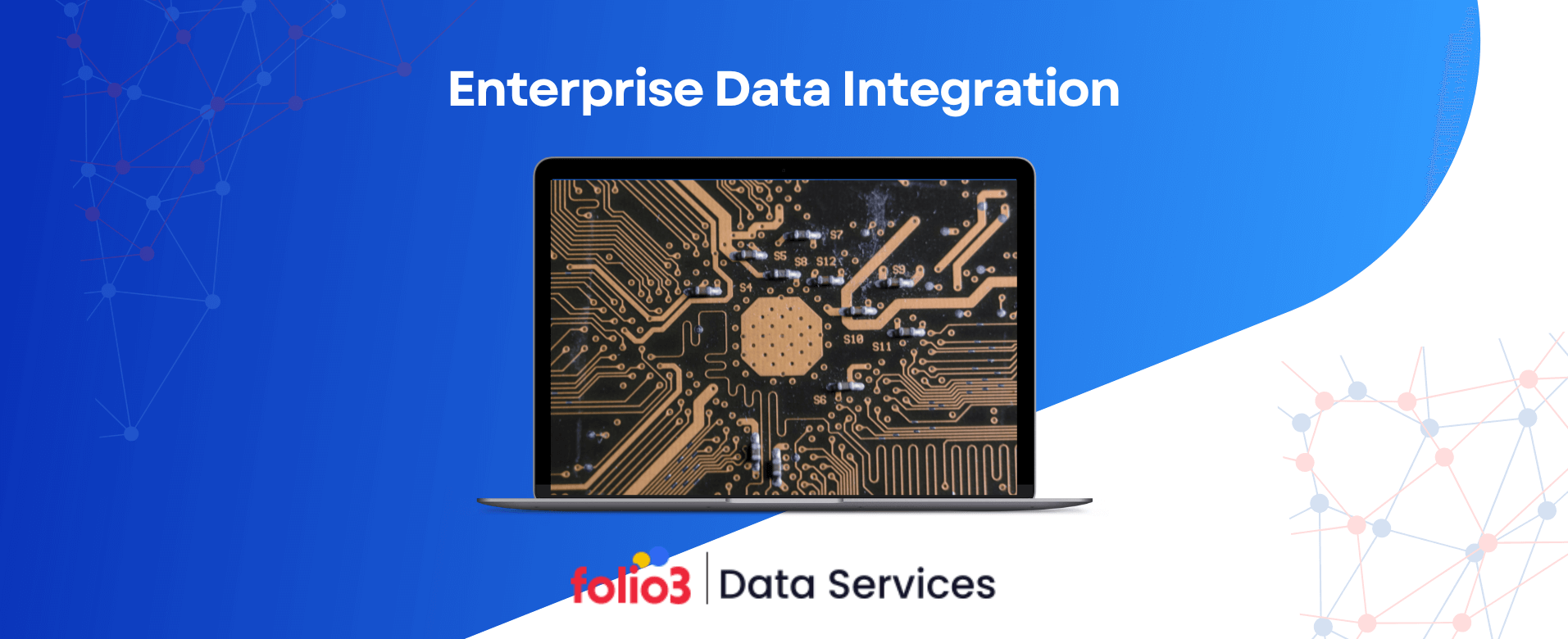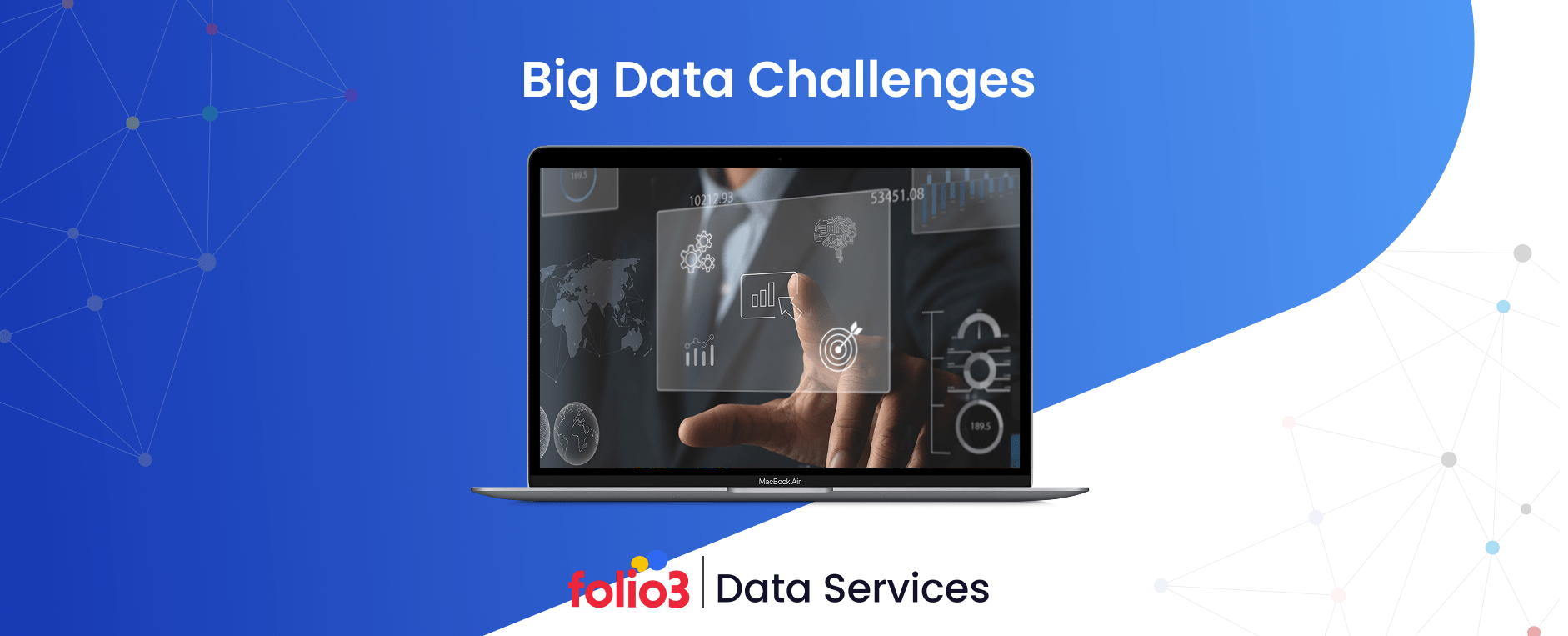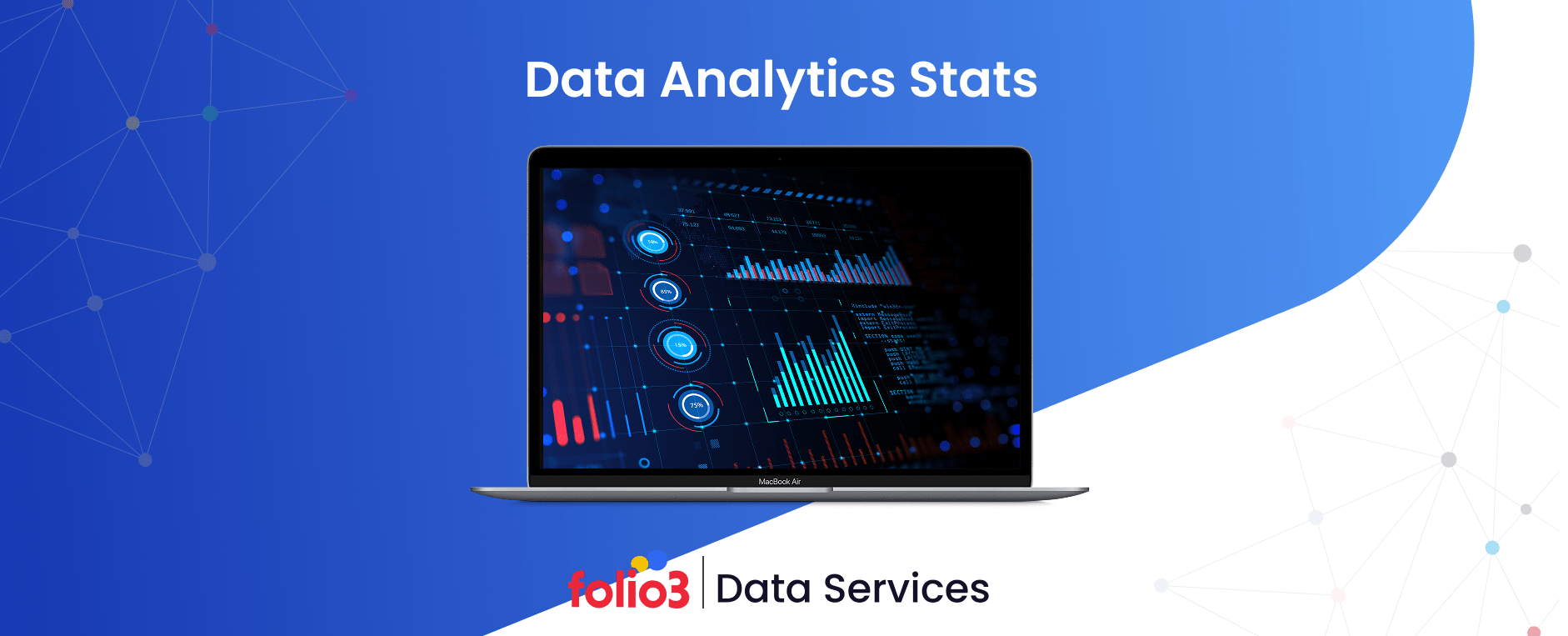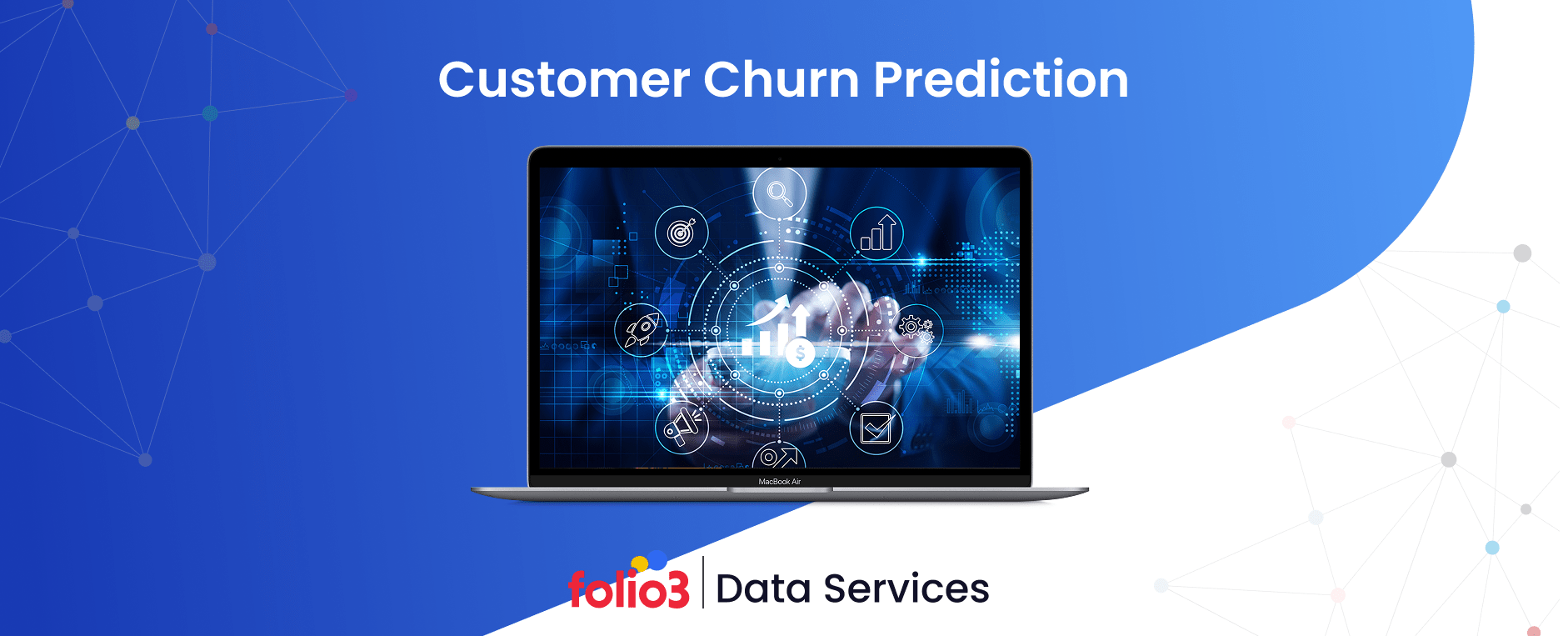The modern enterprise is a data goldmine—but it’s scattered across silos. Sales data resides in CRMs, operational metrics are stored in ERPs, customer interactions are locked in support platforms, and marketing insights are housed in yet another system. The result? A fractured view of the business that slows down decisions, disrupts workflows, and leaves opportunities on the table.
When data lives in silos, organizations lose the ability to act on it in real time. Companies effectively using integrated data experience 30% faster decision-making and 50% higher operational efficiency. Unified data doesn’t just boost visibility—it sharpens strategy, improves collaboration, and strengthens competitive advantage.
That’s where enterprise data integration steps in. It’s the connective tissue that brings together disparate systems, creating a single source of truth that leaders can trust. Whether you’re managing legacy systems, scaling into the cloud, or simply trying to make sense of fragmented data, a robust enterprise data integration platform becomes the foundation for smarter, faster, and more consistent outcomes.
In this blog, we’ll break down what enterprise data integration means, the different types you should know, and the benefits it brings to the table, without the fluff, without the jargon, and with practical insights you can use.
What Is Enterprise Data Integration?
Enterprise data integration is the process of combining data from multiple sources—often stored in different formats, systems, and locations—into a unified, consistent view. At its core, it enables businesses to break down data silos and connect systems like CRMs, ERPs, data warehouses, and cloud applications. This easy flow of information enables better decision-making, improved efficiency, and a more accurate representation of operations.
In simple terms, enterprise data integration is what helps a company’s data talk to each other. It takes raw data from across departments, regions, and platforms, and aligns it into a centralized framework where it can be accessed, analyzed, and acted upon.
The need for integration is growing rapidly. According to a 2024 report by Statista, the volume of enterprise data created, captured, and consumed globally is expected to reach 181 zettabytes by 2025. That’s not just more data—it’s more complexity. Without an effective enterprise data integration platform, organizations risk data duplication, inconsistent reporting, and missed insights.
For example, imagine a retail company tracking inventory through one system, customer feedback through another, and online orders through a third. Without integration, drawing connections between stock levels, customer satisfaction, and sales trends becomes a manual, error-prone task.
With proper enterprise data integration, however, these systems work together—alerting managers to which products are underperforming, which stores need restocking, and how customer reviews relate to inventory turnover.
Types of Enterprise Data Integration
When it comes to enterprise data integration services, there’s no one-size-fits-all method. Businesses select from a range of integration types based on their data sources, infrastructure, and operational requirements. Below are the most common approaches:
1. ETL (Extract, Transform, Load)
ETL is the traditional workhorse of data integration. It involves extracting data from various sources, transforming it into a consistent format, and then loading it into a centralized system—usually a data warehouse.
This method is ideal for structured data and large-volume batch processing. It ensures data is cleaned and standardized before storage, making it perfect for historical analysis and reporting. According to a recent report by Market sand Markets, the ETL tools market is projected to grow from $10.3 billion in 2023 to $15.1 billion by 2028, showing its continued relevance.
2. ELT (Extract, Load, Transform)
ELT flips the traditional ETL process. Here, raw data is extracted and loaded before being transformed—usually within a powerful cloud-based data warehouse, such as Snowflake or BigQuery.
This method leverages modern computing power, allowing enterprises to work with large and complex datasets more flexibly. ELT is especially useful when real-time analysis or frequent updates to the data model are required, and is often implemented with the help of data engineering services to ensure scalable, efficient workflows.
3. Data Virtualization
Data virtualization is a modern integration technique that allows users to access and query data across multiple systems without physically moving it.
Think of it as a virtual layer that brings disparate datasets together in real time. It’s particularly valuable for businesses that need to maintain multiple databases for compliance or operational reasons, yet still require unified reporting.
4. API-Based Integration
APIs (Application Programming Interfaces) allow systems to communicate in real time. With API-based integration, applications can exchange data seamlessly, often with minimal latency.
This method is fast becoming the backbone of cloud-native systems. For instance, e-commerce platforms utilize APIs to synchronize customer orders with inventory systems and CRMs in real-time. A reliable enterprise data integration platform often includes pre-built API connectors for popular applications.
5. Real-Time vs Batch Integration
Real-Time Integration pushes data as soon as it becomes available. This is crucial for use cases such as fraud detection, supply chain monitoring, or personalized customer experiences.
Batch Integration, on the other hand, processes data at scheduled intervals—say, every hour or once a day. It’s best for scenarios where immediate updates aren’t necessary, like financial reconciliations or reporting.
Benefits of Enterprise Data Integration
Integrating your enterprise data doesn’t just streamline operations—it transforms the way your organization handles data, unlocking powerful insights and efficiency. Let’s explore the key benefits of implementing a robust enterprise data integration strategy:
1. Centralized, Real-Time Access to Data
When data lives in silos, finding and using the right information at the right time becomes a challenge. With enterprise data integration, businesses can centralize their data, making it accessible in real-time across different departments and platforms. This consolidated view enables teams to access up-to-date information, ensuring they are always working with the most accurate and current data.
2. Enhanced Analytics and Reporting
Data is only valuable when you can analyze and act on it. An integrated data system eliminates the complexity of gathering data from multiple sources, enabling richer and more insightful analysis. By unifying data, businesses can create advanced analytics models that identify trends, predict future outcomes, and generate actionable insights.
An integrated approach to data also enhances reporting capabilities. Instead of dealing with inconsistent formats and fragmented data, companies can produce accurate, comprehensive reports with just a few clicks.
3. Better Decision-Making with a 360° Data View
In a traditional, siloed data environment, decision-making is often based on incomplete or outdated information. With enterprise data integration, organizations get a holistic 360° view of their operations, customers, and market trends. This unified perspective allows leaders to make more informed, timely, and strategic decisions.
For instance, a retailer with integrated data can gain insights not just into sales but also customer behavior, inventory levels, and even supply chain performance. This comprehensive picture enables better resource allocation and more informed long-term planning.
4. Improved Operational Efficiency
The manual processes involved in data management, such as searching for, cleaning, and merging data from different systems, are time-consuming and prone to error. Enterprise data integration automates these tasks, streamlining workflows and reducing the need for manual intervention. With a smoother flow of information, employees can focus on higher-value tasks, such as analysis and strategic planning, rather than data entry and reconciliation.
Businesses implementing data integration solutions can experience a 40% reduction in data-related inefficiencies. This operational boost leads to faster product development cycles, quicker customer response times, and more efficient resource utilization across departments.
5. Easier Regulatory Compliance and Data Governance
In today’s regulatory environment, ensuring compliance with data protection laws is critical. Whether it’s GDPR in Europe or HIPAA in the U.S., organizations must be diligent in how they collect, store, and share data. Enterprise data integration streamlines the process of ensuring compliance by establishing a unified framework for managing data across all systems.
With integrated data, businesses can more easily track, audit, and document their data management practices. This centralization reduces the risk of compliance breaches and ensures that regulatory requirements are met consistently.
Expected Outcomes of Enterprise Data Integration
Implementing enterprise data integration doesn’t just modernize your data infrastructure—it drives meaningful business outcomes. By bringing together all your disparate data sources, you’re setting the stage for faster, smarter decision-making, operational agility, and sustainable growth. Here’s a look at the key outcomes companies can expect when they integrate their enterprise data:
1. Faster Decision-Making: Reduced Time from Data Collection to Action
When data is integrated across systems, there’s no need to waste time collecting, cleaning, and reconciling information. Decision-makers gain real-time access to accurate, actionable data, significantly reducing the time between data collection and decision-making.
In a world where speed is essential, enterprise data integration cuts down delays, enabling faster responses to market changes or operational challenges. A report by IBM found that companies with integrated data can make decisions 61% faster than their competitors, resulting in a significant competitive edge in industries where time-sensitive choices are crucial.
2. Increased Agility: Ability to Pivot Strategies Based on Real-Time Data Insights
Market dynamics change rapidly, and businesses must adapt just as quickly. With enterprise data integration, organizations can access real-time data insights, enabling them to pivot strategies quickly and effectively. Whether it’s adjusting pricing models, reallocating resources, or launching a targeted marketing campaign, integrated data allows businesses to act swiftly and with confidence.
This agility also extends to crisis management. If an issue arises, whether it’s supply chain disruptions or customer dissatisfaction, teams can leverage integrated data to assess the situation and make informed adjustments in real time.
3. Customer Experience Transformation: More Personalized and Consistent Interactions
One of the most tangible benefits of enterprise data integration is the ability to deliver a personalized and consistent customer experience. Integrated data provides a single, comprehensive view of the customer, enabling easier understanding of their preferences, past interactions, and purchase history.
This holistic customer profile allows businesses to provide tailored experiences across channels—whether it’s personalized marketing campaigns, customer support that feels more informed, or product recommendations based on real-time behavior.
4. Revenue Growth: Smarter Cross-Sell, Upsell, and Retention Strategies
With a unified data platform, organizations can more easily identify opportunities for revenue growth. By analyzing integrated data, businesses can gain valuable insights into customer behavior, identify trends, and pinpoint cross-sell or upsell opportunities that might have otherwise gone unnoticed.
For instance, an integrated CRM and e-commerce platform can enable a company to recommend products or services based on past purchases, thereby increasing the average order value. Enterprise data integration also supports retention strategies by providing businesses with a clearer view of customer engagement, enabling them to identify at-risk customers and take proactive measures to retain them.
5. Cost Savings: Reduction in Duplicate Systems, Manual Data Reconciliation, and Reporting Overhead
Manual data reconciliation and reporting are not only time-consuming but also expensive. With enterprise data integration, businesses eliminate the need for duplicate systems and reduce overhead costs associated with manual data handling.
Integration ensures that data is collected, stored, and processed once, rather than repeatedly across systems. This streamlining of operations leads to cost savings, particularly in administrative functions. A 2023 Deloitte survey of over 800 manufacturers found that 98% of respondents have begun their digital transformation journey, a significant increase from 78% in 2019.
6. Future-Proofing: Scalable Infrastructure that Supports AI, ML, and Automation
In an age where artificial intelligence (AI), machine learning (ML), and automation are becoming essential for innovation, having a scalable infrastructure is crucial. Enterprise data integration lays the foundation for these technologies by ensuring that data is accessible, clean, and unified, which is critical for training AI models or feeding machine learning algorithms.
A well-integrated system can evolve with your business, supporting growth and enabling advanced analytics as your needs change. Future-proofing your data infrastructure ensures that you’re not only prepared for today’s challenges but also equipped to take advantage of emerging technologies.
Best Practices for Implementing Enterprise Data Integration
Successfully implementing enterprise data integration requires more than just choosing the right tools—it’s about following a strategic approach that ensures data is seamlessly integrated across all systems while meeting business objectives. Here are some key best practices that will guide your enterprise data integration journey:
1. Start with a Data Audit and Strategy
Before diving into the integration process, it is essential first to assess your current data landscape. Conduct a data audit to understand where your data resides, how it’s structured, and what its quality looks like. This audit will highlight any gaps, inconsistencies, or data silos that could hinder the integration process.
Once you have a clear picture of your data environment, develop a comprehensive data strategy. This strategy should outline the integration objectives, the systems that need to be connected, and how integrated data will drive value across the organization. A well-thought-out strategy provides the roadmap for smooth implementation and helps ensure alignment between IT and business teams.
2. Define Clear Integration Goals and KPIs
To ensure the success of enterprise data integration, it is essential to define what success looks like. Set clear, measurable integration goals and key performance indicators (KPIs) that align with your business objectives.
For example, your goal might be to reduce the time it takes to generate reports, improve the accuracy of customer data, or enable real-time decision-making across departments. KPIs could include metrics such as system uptime, data accuracy rates, or reductions in data-related errors. By setting clear goals and KPIs, you’ll have a tangible way to measure progress and ensure the integration delivers the expected value.
3. Choose Scalable, Flexible Integration Tools
The tools you select for enterprise data integration must be scalable and flexible enough to support your business’s current and future needs. As your data grows and evolves, your integration platform should be able to handle increased volume and complexity.
Look for integration tools that can accommodate both structured and unstructured data, and support various integration methods, such as ETL, ELT, and API-based integration. Additionally, prioritize tools that can integrate with existing software, cloud platforms, and data storage solutions.
4. Ensure Data Quality and Standardization
Data integration is only as good as the data being integrated. Ensuring data quality and standardization is a key best practice to prevent ‘garbage-in, garbage-out’ scenarios. Before data can be integrated, it must be cleaned and standardized across systems.
This means eliminating duplicates, correcting errors, and ensuring consistency in formats, units, and definitions. Integrated data is most valuable when it’s accurate, consistent, and usable across various applications. Implementing data quality tools, establishing standard data formats, and adopting data cleansing protocols are essential steps in maintaining high-quality data.
5. Enable Data Governance and Security Frameworks
Data governance and security are non-negotiable when implementing enterprise data integration. Without proper governance, you risk exposing sensitive data, violating regulatory requirements, and damaging your organization’s reputation.
Ensure that you have strong data governance policies in place to manage data access, data stewardship, and data lineage. This includes defining who has access to what data, establishing accountability for data quality, and ensuring traceability of data across systems.
Enterprise Data Integration – Summary
Enterprise data integration connects data across systems like CRMs, ERPs, and cloud platforms to create a unified, reliable source of truth. By eliminating data silos, organizations gain faster decision-making, improved analytics, higher operational efficiency, better compliance, and measurable ROI. With scalable integration approaches such as ETL, ELT, APIs, and real-time data pipelines, enterprises can support AI, automation, and long-term growth.
FAQs
What is enterprise data integration?
Enterprise data integration is the process of combining data from different sources into a unified view to improve accessibility and decision-making.
What is meant by enterprise integration?
Enterprise integration refers to the process of connecting various systems, applications, and data within an organization to enable seamless operations and information flow.
What is enterprise system integration?
Enterprise system integration is the process of connecting and aligning different software applications and systems within an organization to work together efficiently.
Why is data integration needed in an enterprise?
Data integration is essential in an enterprise to ensure accurate, real-time access to information across systems, leading to improved decision-making and operational efficiency.
Conclusion
Enterprise data integration is essential for businesses seeking to leverage data for informed decision-making, enhanced efficiency, and sustained growth. By integrating systems and ensuring data accuracy, companies can unlock valuable insights, improve customer experiences, and drive cost savings. However, a strategic approach is essential.
Folio3 offers expert data services, providing scalable and secure solutions to streamline data processes, enhance analytics, and support easy integration. Let Folio3 help you unlock the full potential of your data and transform your business.
Contact us today to start your enterprise data integration journey.





